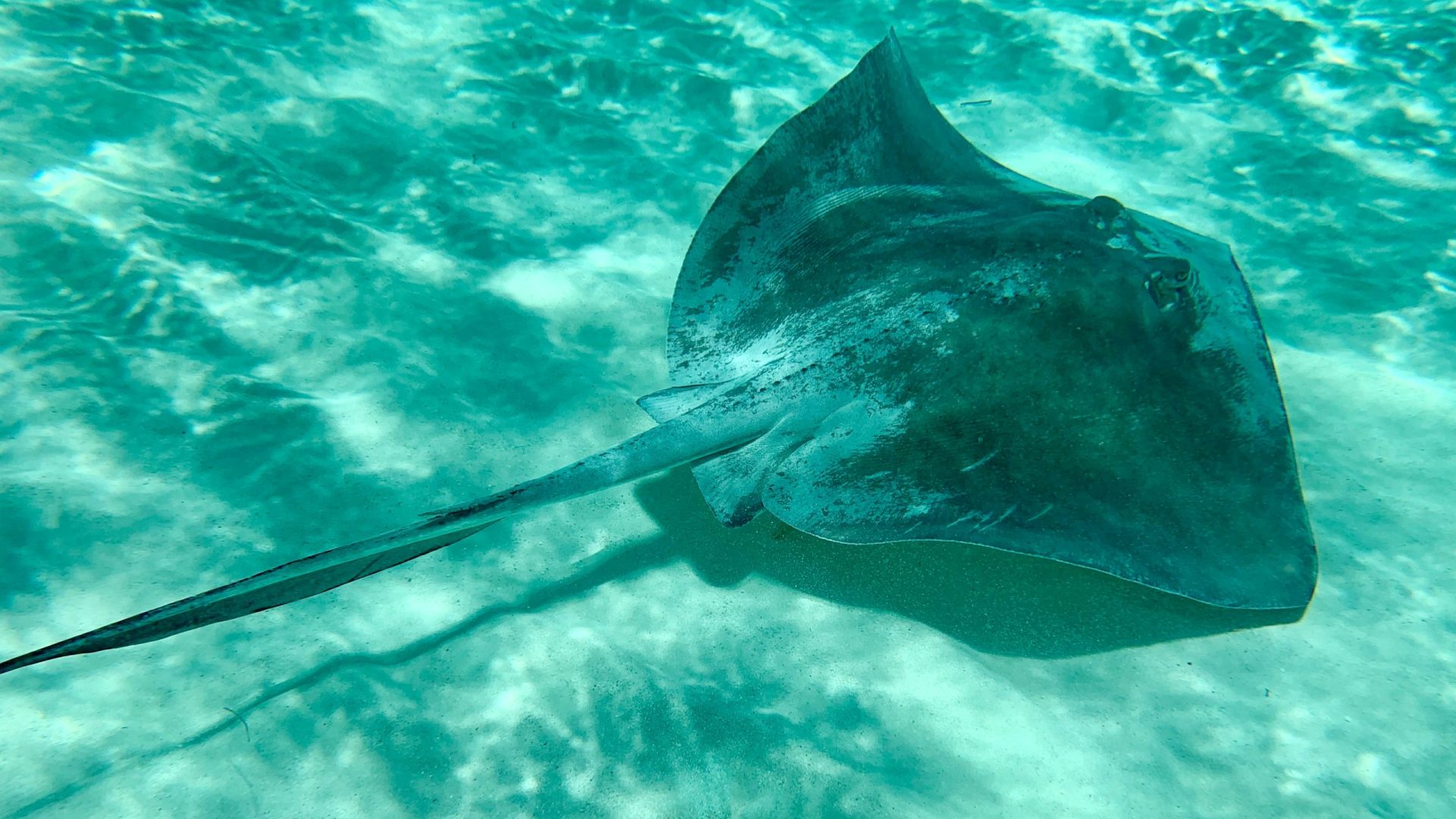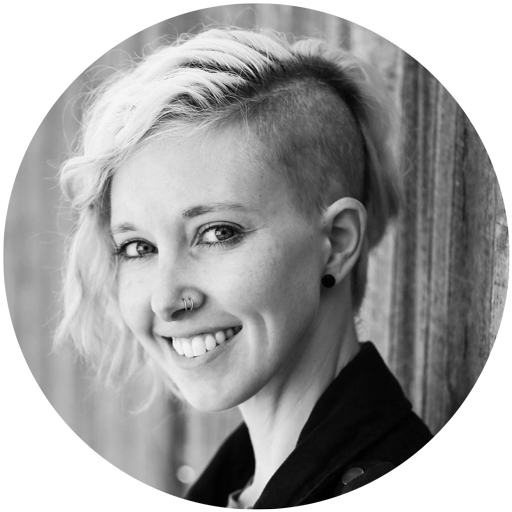
A pregnant stingray living in the mountains of North Carolina has become the star of an international scientific mystery: Who’s the dad?!


A pregnant stingray living in the mountains of North Carolina has become the star of an international scientific mystery: Who’s the dad?!
In what seems to be a scientific first, a stingray at a North Carolina aquarium may have gotten pregnant without a companion. Charlotte, a California round stingray who lives at the Aquarium and Shark Lab in Hendersonville, is carrying three to four pups—with no father in sight.
Even though scientists say they’ve almost definitely figured out how she got pregnant, the world has been mesmerized by the possibility of nature throwing us a total curveball. For days, the aquarium has posted footage of her on its Instagram with captions telling fans there are “still no pups” yet. Even the American comedy show Saturday Night Live did a segment about Charlotte over the weekend, with an actor dressed up as a stingray to answer questions about who the dad is. In a strange way, Charlotte’s mystery has united us and fed our sense of wonder about the natural world.
While Charlotte shares her tank with two white-spotted bamboo sharks and many other fish, there hasn’t been a male ray in the tank for at least eight years. Some have speculated whether she may have cross-bred with a shark, but experts say sharks and rays have incompatible DNA and it’s almost certainly a “virgin birth” instead.
“They wouldn’t be able to produce viable pups even if they could mate,” says stingray expert Dr Joni Pini-Fitzsimmons, a research fellow at Charles Darwin University in Australia’s Northern Territory, told BBC Wildlife. “We can be sure that Charlotte’s sharky tank mates aren’t the fathers and she won’t be pupping any shark-ray hybrids.”
Instead, it’s more likely that Charlotte impregnated herself through a process called parthenogenesis, which is a kind of asexual reproduction. It happens when a mother’s eggs develop without being fertilized by a mate, and it’s rare in nature. It has been recorded in California condors, yellow-bellied snakes, and Komodo dragons, but not in mammals. While stingrays may have reproduced asexually in the wild without researchers catching on, until now, it hadn’t been recorded.
As for why Charlotte, and why now, that’s hard to say. Many scientists seem to agree that nature simply “finds a way.” But even though sharks and rays are the most threatened groups of fish, according to BBC Wildlife, Pini-Fitzsimmons was clear that we can’t expect endangered species to save themselves with spontaneous asexual reproduction. It’s vital to support habitat protection and sustainable fishing practices, she said.
Charlotte hasn’t given birth just yet, but the pups are expected to come soon. Unlike most species of fish that lay eggs, stingrays give birth to live young like many species of sharks. The aquarium conducted an ultrasound when they first noticed a lump on her back and thought it might be a tumor. Instead, they saw up to four little tails flicking around.
The aquarium has been posting daily updates on its Instagram account, where Charlotte has become quite an influencer, racking up millions of views. She’s expected to give birth any day now, and the scientific community—plus countless armchair biologists—is eager to meet her pups, even if they won’t be the world’s first shark-ray hybrid.
Aside from the whole ‘immaculate conception’ thing (which, members of the Catholic Church will note, is not actually an immaculate conception), Charlotte’s pregnancy seems pretty normal, considering she’s taken the time to create a baby registry and list it on Amazon. The aquarium is run by the non-profit Team ECCO, which provides ocean science education in the landlocked mountains of western North Carolina. Charlotte’s fans can support her and the rest of her tank family by purchasing gifts like aquarium maintenance products, and the book “Let’s Talk About Stingrays.” (We imagine they’ll need to update that one soon.)
***
Adventure.com strives to be a low-emissions publication, and we are working to reduce our carbon emissions where possible. Emissions generated by the movements of our staff and contributors are carbon offset through our parent company, Intrepid. You can visit our sustainability page and read our Contributor Impact Guidelines for more information. While we take our commitment to people and planet seriously, we acknowledge that we still have plenty of work to do, and we welcome all feedback and suggestions from our readers. You can contact us anytime at hello@adventure.com. Please allow up to one week for a response.

Kassondra Cloos is a travel journalist from Rhode Island living in London, and Adventure.com's news and gear writer. Her work focuses on slow travel, urban outdoor spaces and human-powered adventure. She has written about kayaking across Scotland, dog sledding in Sweden and road tripping around Mexico. Her latest work appears in The Guardian, Backpacker and Outside, and she is currently section-hiking the 2,795-mile England Coast Path.






Can't find what you're looking for? Try using these tags: